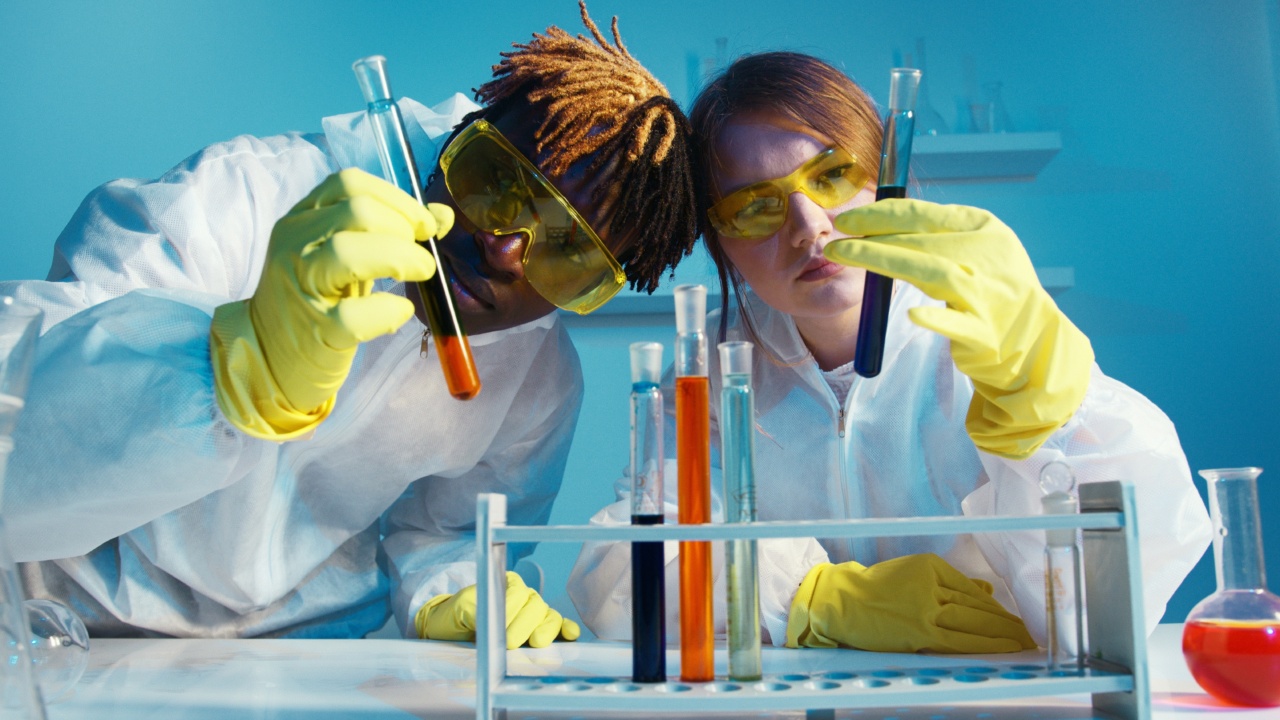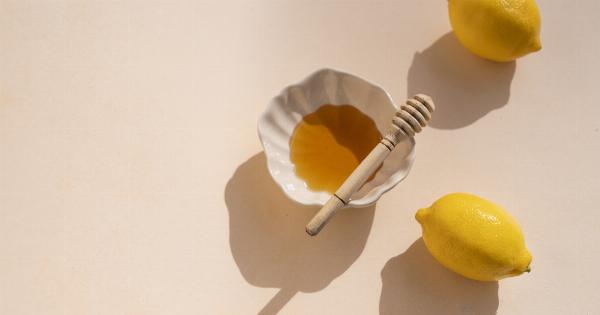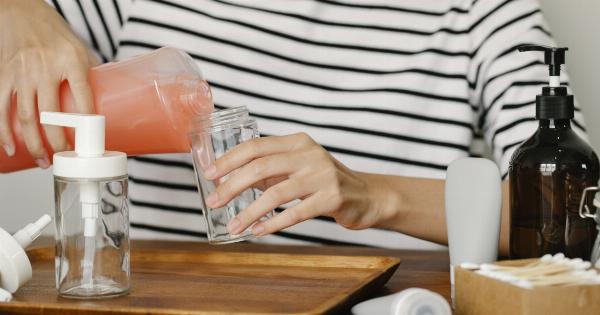Women around the world rely on a wide range of personal care products every day, from shampoo to makeup to feminine hygiene products.
These items play a vital role in maintaining personal hygiene and enhancing beauty, but many of them contain harmful chemicals that pose risks to our health. In this article, we will explore some of the most common harmful chemicals found in female care items and discuss the potential dangers they can pose.
1. Parabens
Parabens are a type of preservative commonly used in cosmetics and personal care products to extend their shelf life.
However, research has shown that parabens can mimic the hormone estrogen in the body, disrupting the endocrine system and potentially leading to reproductive issues and breast cancer.
2. Phthalates
Phthalates are a group of chemicals used to soften and increase the flexibility of plastics. They can be found in various personal care items, including fragrances, lotions, and nail polishes.
Studies have linked phthalate exposure to hormone disruption, birth defects, and developmental issues in children.
3. Formaldehyde
Formaldehyde is a colorless gas commonly used as a preservative in some cosmetics, shampoos, and nail polishes. It is a known carcinogen and has been associated with an increased risk of cancer, particularly for occupational exposure.
Chronic exposure to formaldehyde can also cause skin irritation, allergic reactions, and respiratory problems.
4. Sodium Lauryl Sulfate (SLS) and Sodium Laureth Sulfate (SLES)
SLS and SLES are surfactants commonly used in soaps, shampoos, and toothpaste to create that foamy lather we all love. However, they can strip the skin of its natural oils and cause irritation, dryness, and allergic reactions.
Additionally, during the manufacturing process, SLES may be contaminated with a known carcinogen called 1,4-dioxane.
5. Triclosan
Triclosan is an antibacterial agent used in many personal care products, including soaps, toothpaste, and deodorants. It has been linked to hormone disruption, antibiotic resistance, and environmental concerns.
The FDA has banned the use of triclosan in over-the-counter hand sanitizers and some other products due to safety concerns.
6. Oxybenzone
Oxybenzone is a chemical found in many sunscreen products, as it helps to absorb UV rays. However, studies have shown that oxybenzone can penetrate the skin and enter the bloodstream, potentially disrupting hormone levels and causing allergic reactions.
It is also harmful to coral reefs and marine life, leading to bans on oxybenzone in certain areas.
7. Toluene
Toluene is a solvent commonly found in nail polish and hair dyes. It has been linked to reproductive toxicity and can have detrimental effects on fetal development.
Prolonged exposure to toluene fumes can cause headaches, dizziness, and even more severe neurological issues.
8. Lead
Lead is a heavy metal that has long been known to be toxic to the human body. Despite its well-documented health risks, lead can still be found in some lipsticks and hair dyes.
Even low levels of lead exposure can accumulate over time and cause neurological and developmental problems.
9. BHA and BHT
BHA (butylated hydroxyanisole) and BHT (butylated hydroxytoluene) are antioxidants commonly used to prevent spoilage in cosmetics and personal care products.
While they are recognized as safe in small concentrations, some studies have suggested that BHA may be a potential endocrine disruptor and could contribute to the development of certain cancers.
10. Ethanolamine Compounds
Ethanolamine compounds, including DEA (diethanolamine) and TEA (triethanolamine), are often used in personal care items as emulsifiers or pH adjusters. However, these compounds can react with other ingredients to form carcinogenic nitrosamines.
Nitrosamines have been linked to cancer, making it essential to be cautious when using products containing ethanolamine compounds.































